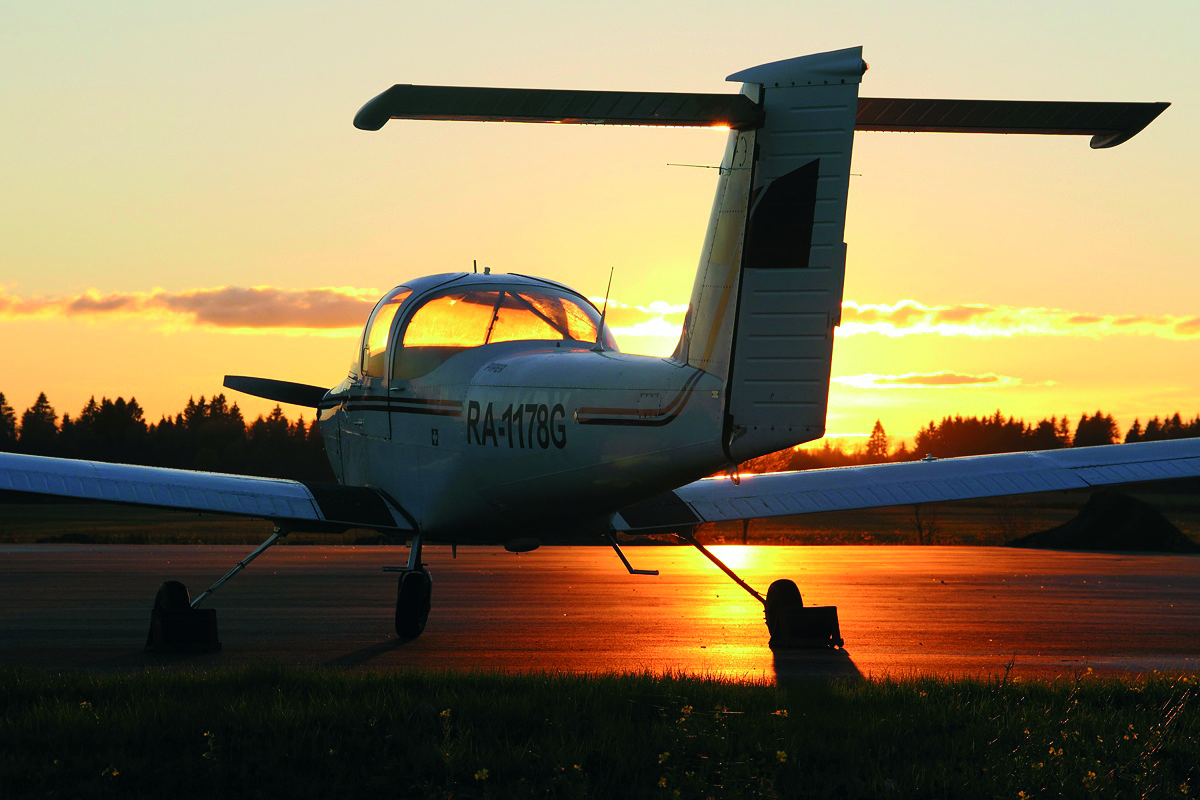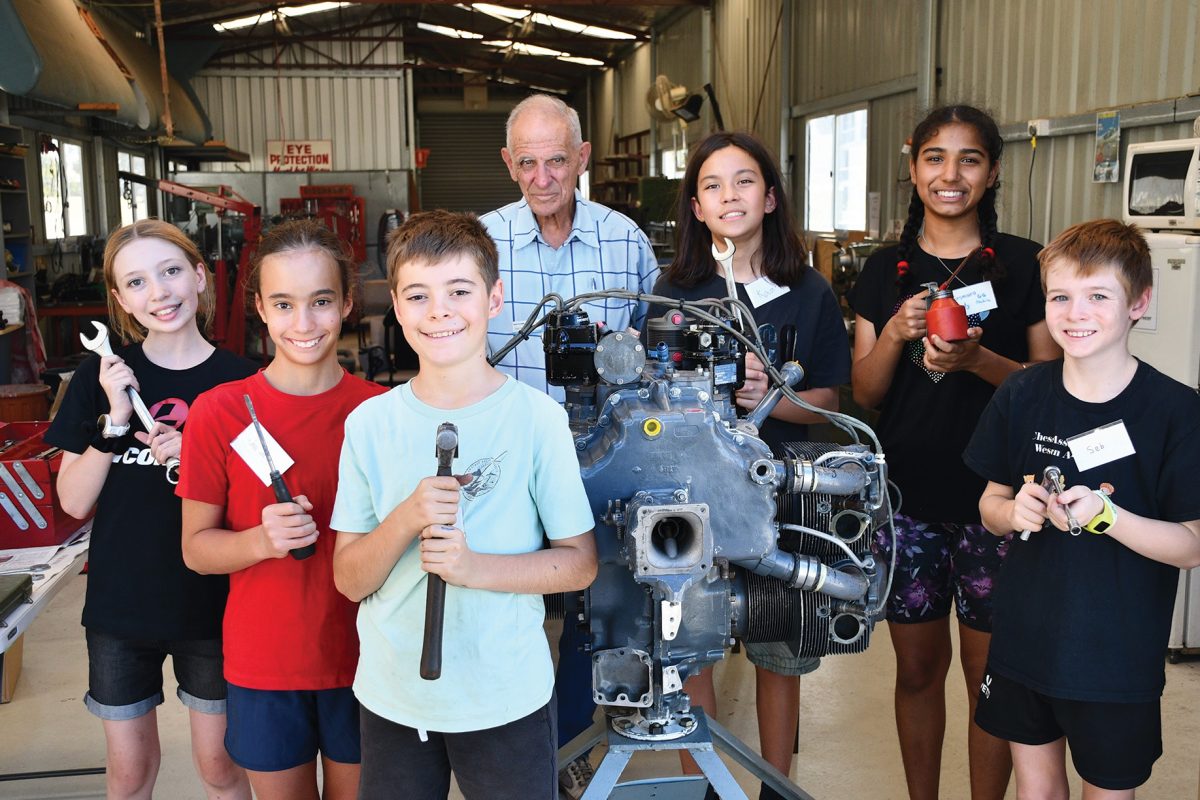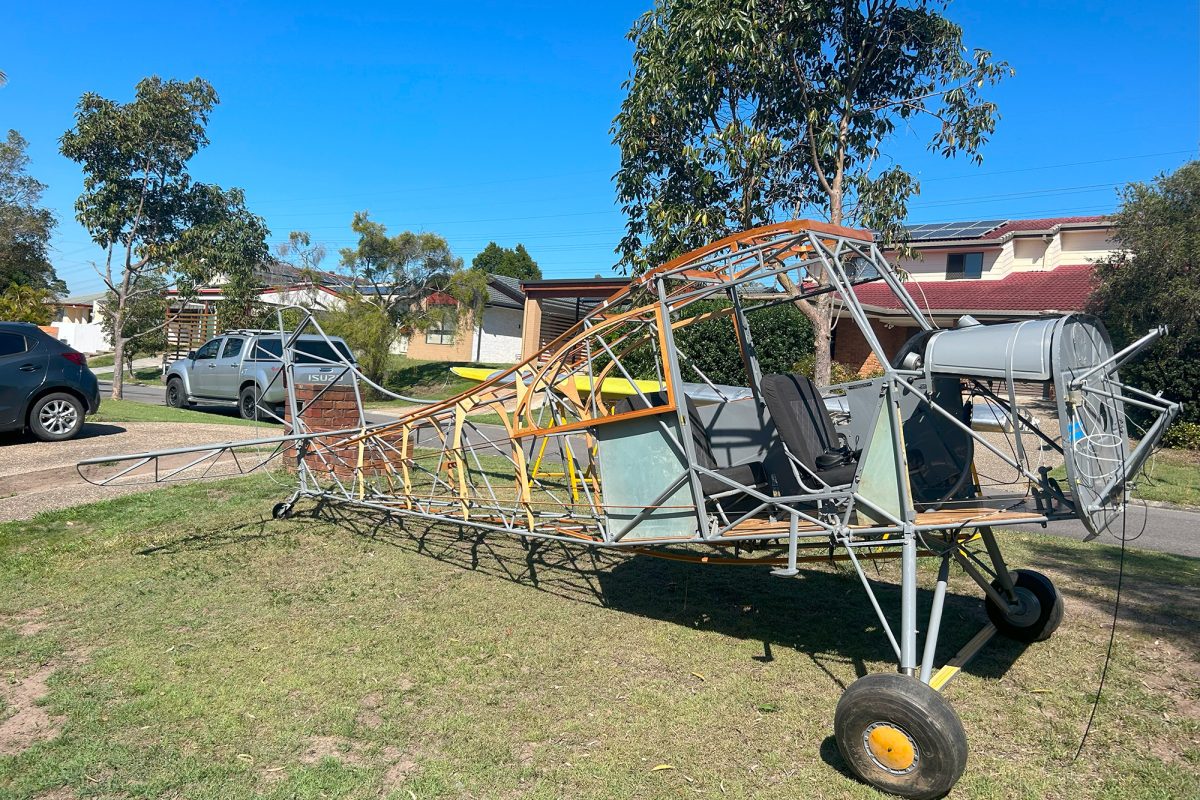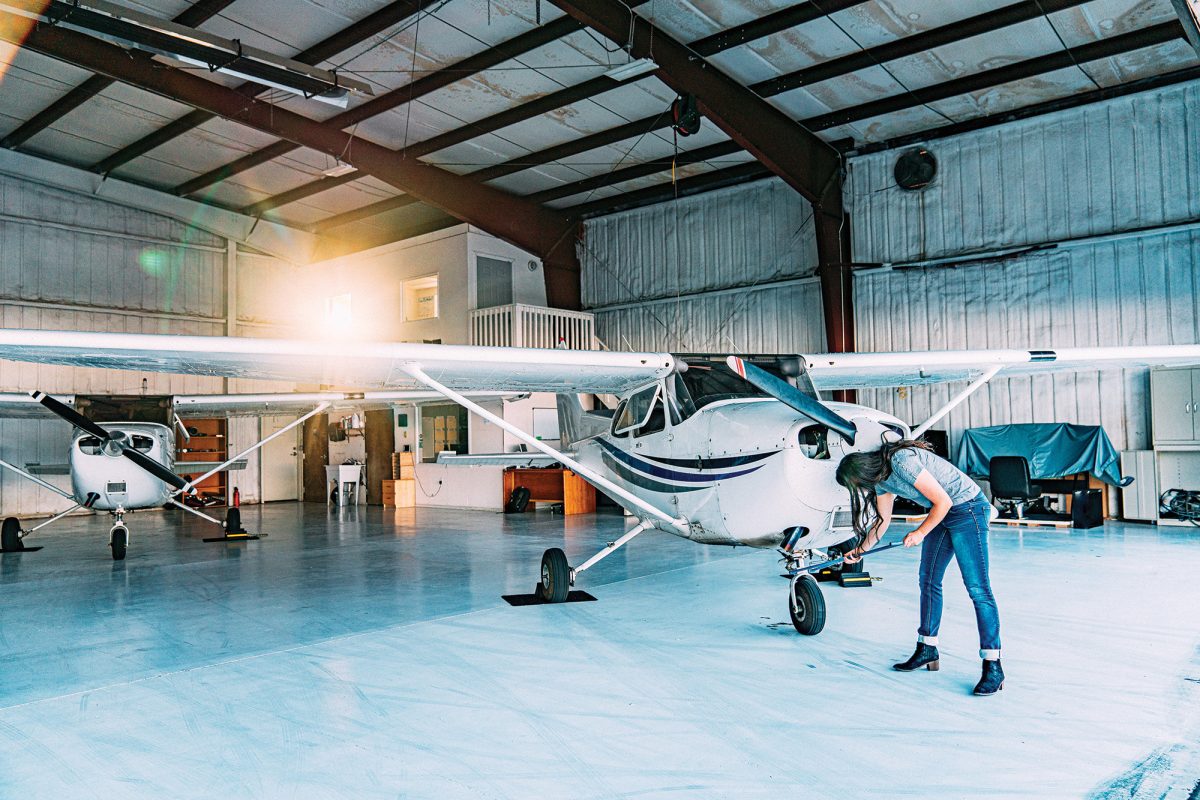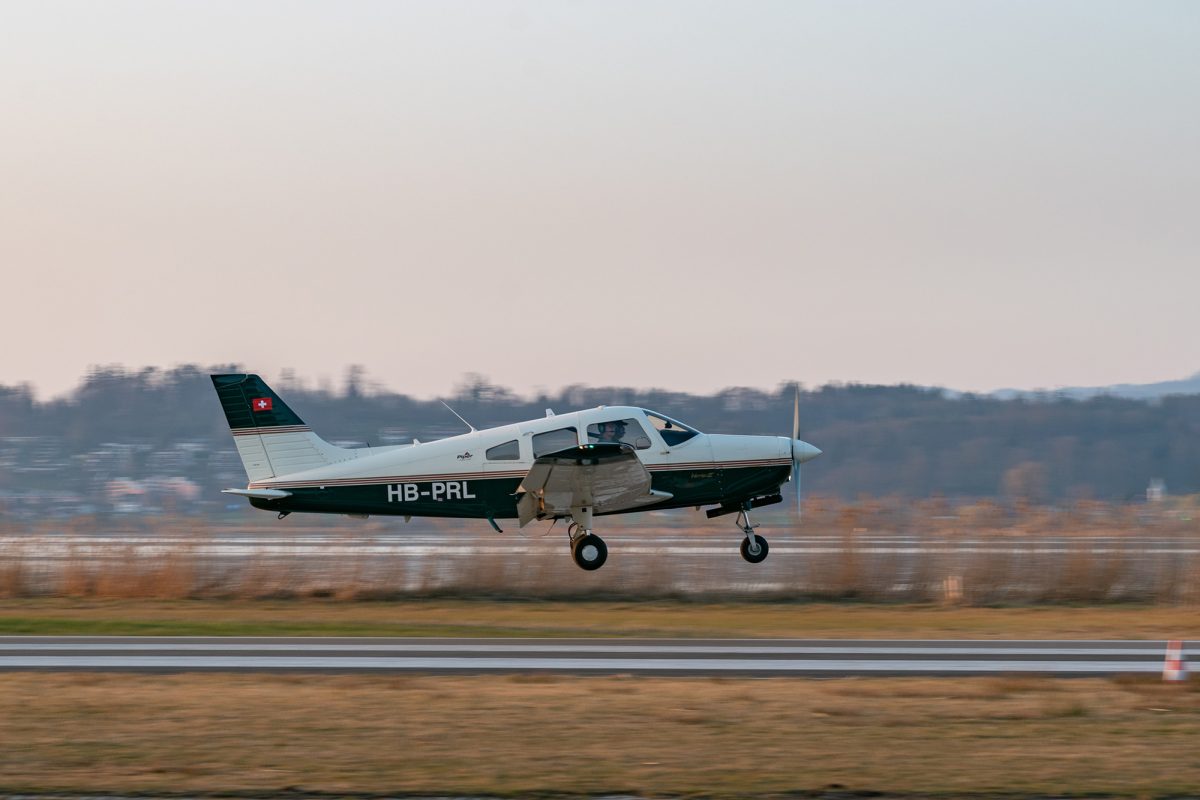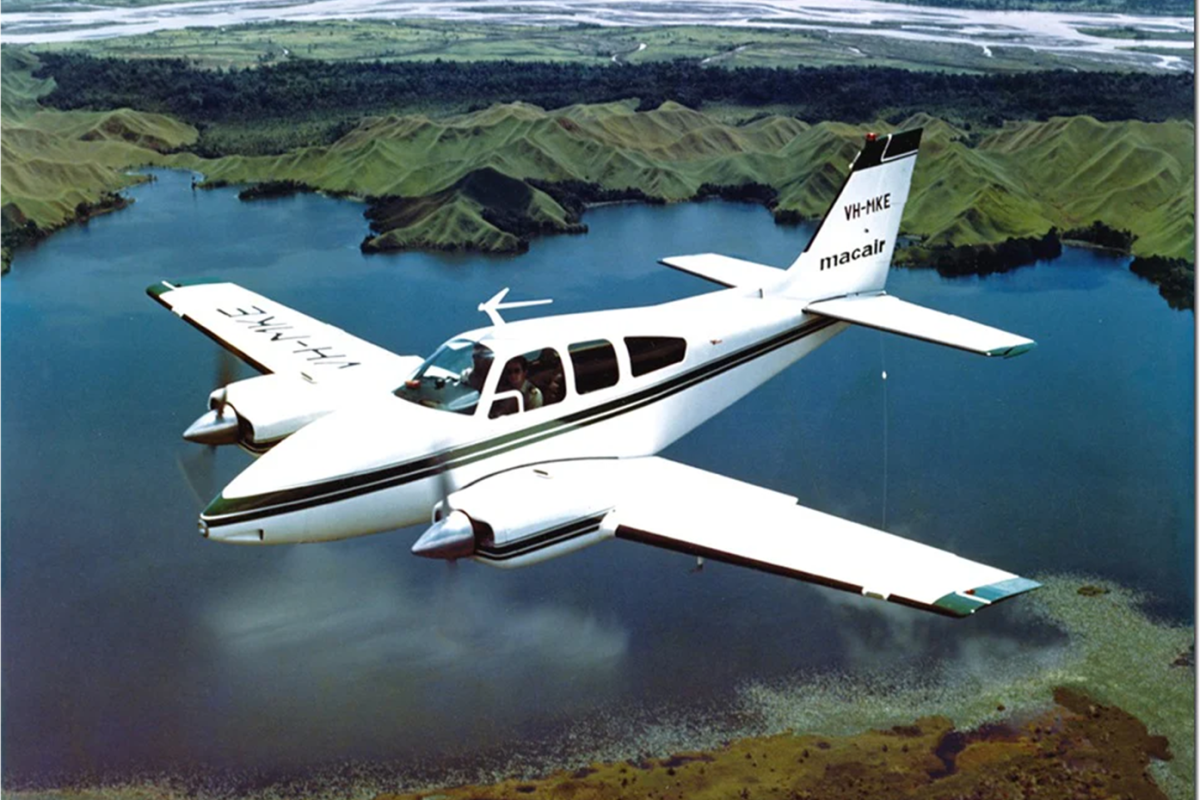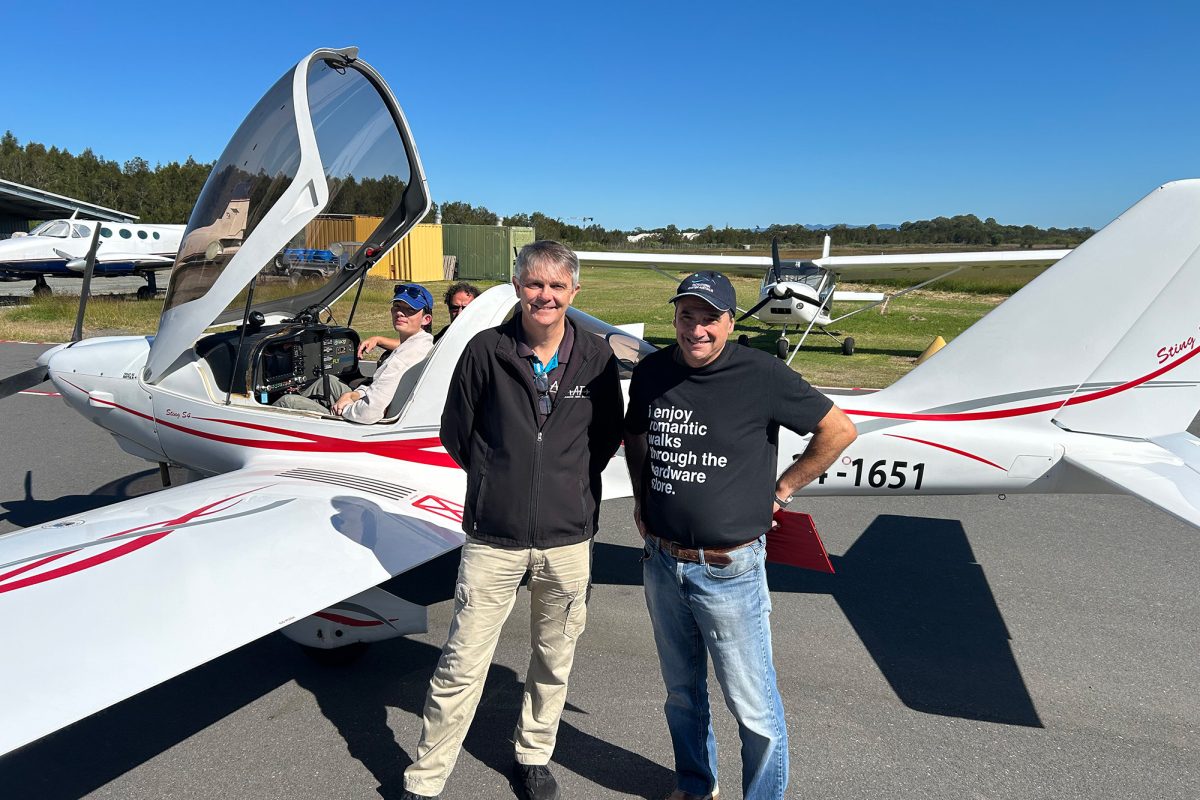NICK JONES DELVES INTO GROUP-G AIRCRAFT CANDIDATES AND WHAT THE NEW WEIGHT INCREASE MEANS FOR RAAUS PILOTS.
The ever-elusive weight increase is finally upon us! It has been a long trek and a lot of the industry discussions have been around the technicalities of the regulatory changes, but let’s bring it back to basics with some RAAus Group-G aircraft that are on the cards.
VAN’S RV-6
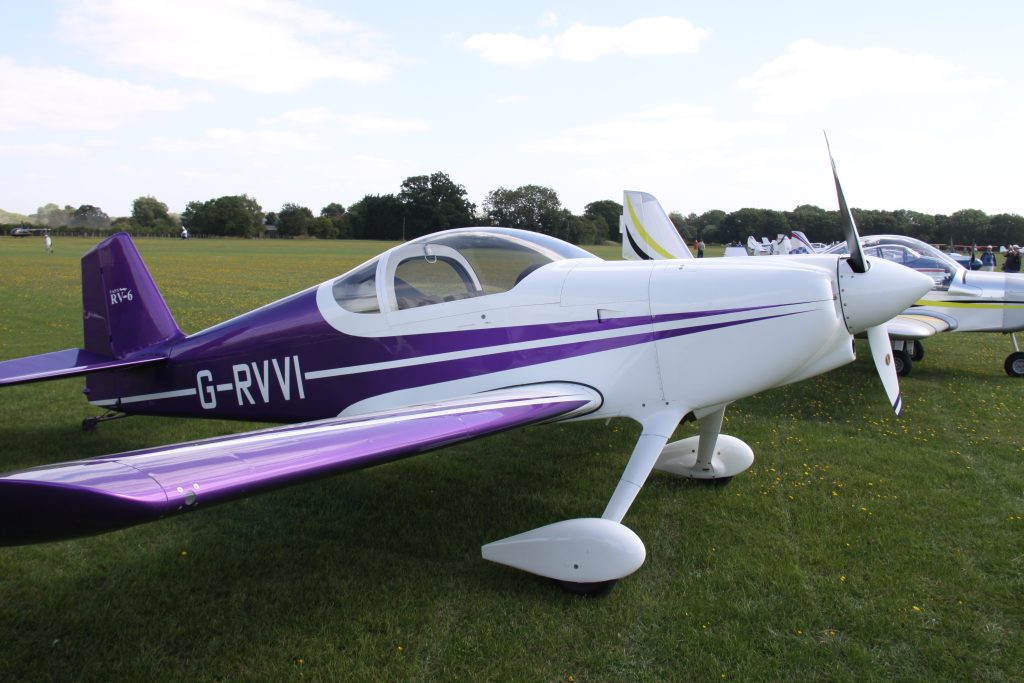
With its maiden flight in 1985, the RV-6 kit has been a phenomenal hit with over 4,000 units produced in a bit over 30 years of production. That means that the RV-6 takes the impressive crown as ‘the most popular kit plane ever’. The RV-6 is a twin seat, low-wing aircraft built for speed, aerobatics and a general all round good time. Van’s Aircraft are famous for what they call the ‘RV smile’ and if you have ever met an owner of one (take our Editor, for example), they will tell you they’re not lying! It’s a tail dragger at heart, with a nosewheel variant known as the RV-6A. Due to the weight restrictions for RAAus, this plane has been inside the General Aviation sector, until now.
Coming from an LSA background, the small weight increase brings with it some very noticeable changes to the way you fly. For starters, the width of the cockpit is 1.1 metres, which makes for a much more comfortable flight when you don’t have to fly with someone’s elbow in your ribs. It is snug though, don’t get me wrong. The power plant is a jump, too. No longer are most planes limited to your common engines like Rotax, Jabiru and the variety of RAAus power plants that we’re used to. The RV-6 with a Lycoming O-320 would be my choice under the Class-G rules. If you went the bigger Lycoming you probably wouldn’t make the Group-G MTOW. However, with the change in engine comes a significant change in cruise speed of around 140 knots (depending on configuration). Most GA pilots will tell you it will completely change how you look at touring, opening up many more destinations.
The RV-6 is a fully capable of aerobatics, with controls (especially roll) much more responsive than my experiences in RAAus aircraft. I originally thought you couldn’t fly aerobatics under RAAus, at all. However, technically aerobatics are permitted in suitable RAAus aircraft if CASA approval is obtained and the pilot is appropriately qualified.
JABIRU J-430
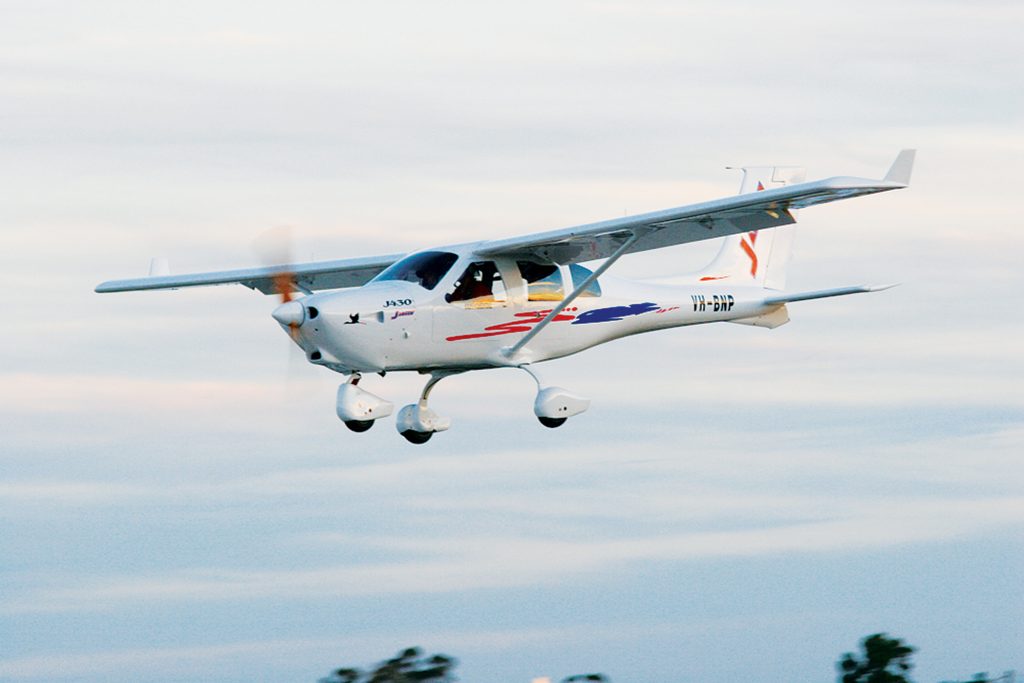
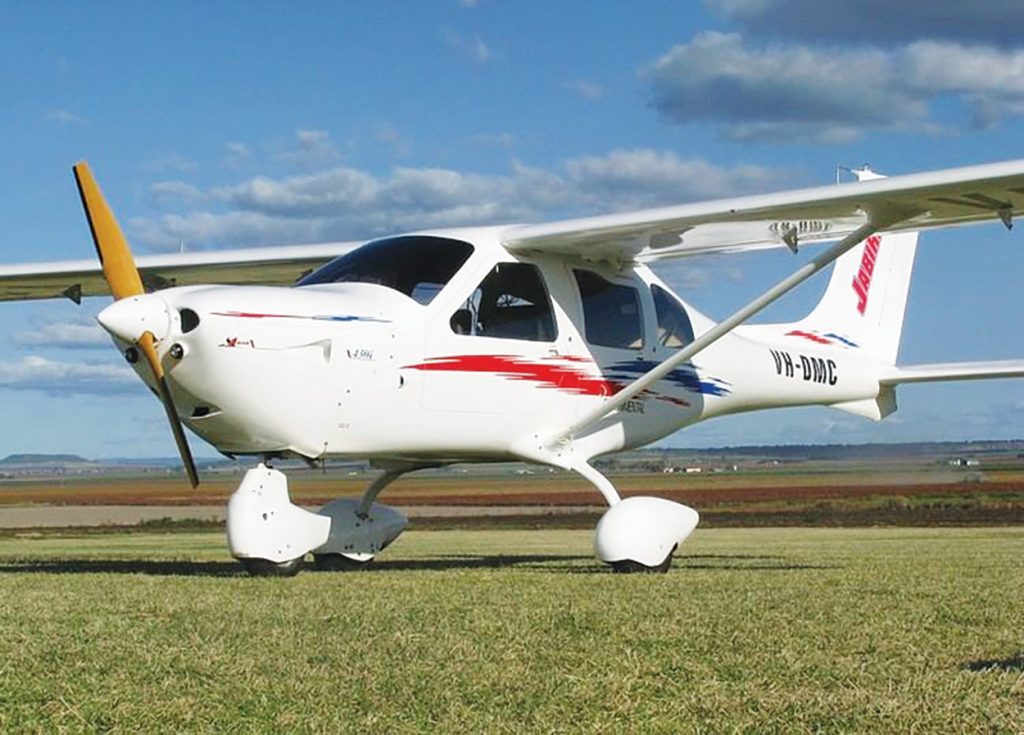
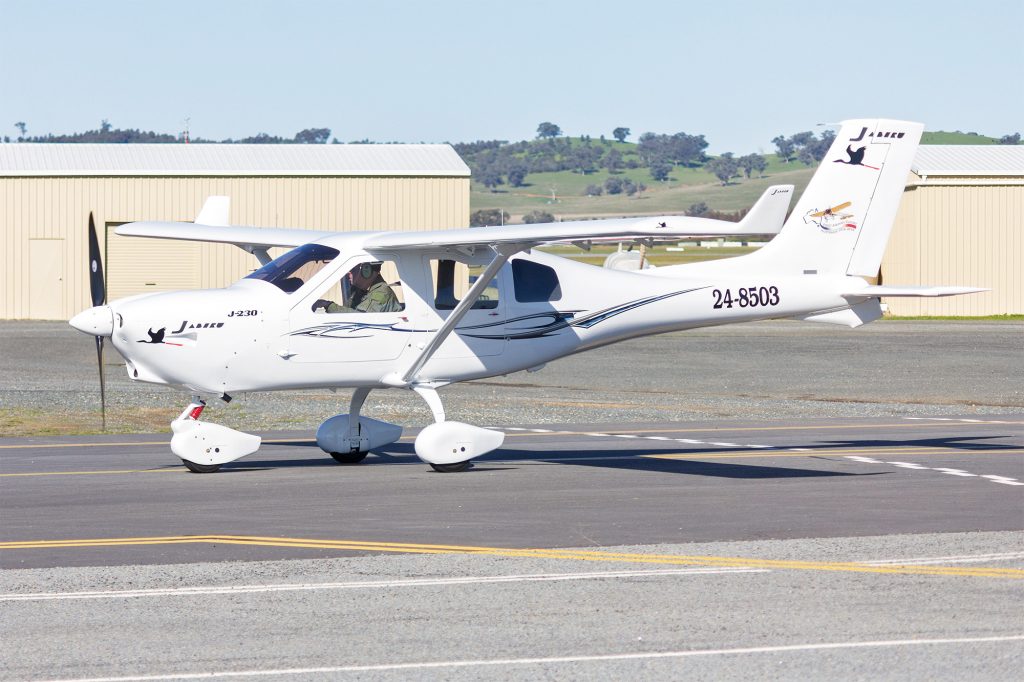
The J-430 is a 4-seat version of the composite J-230D, the current LSA version you might already see around on RAAus registration. Manufactured in Bundaberg, Queensland, they’re the same body – the main difference is the seats. They’re both a high-wing tricycle design, fed with 120hp from Jabiru’s 3300 sixcylinder four stoke.
LSA is actually an international standard, which means the J-230D cannot be upgraded from its current place at 600kg MTOW and into the new Group-G. The J-430 is basically the same plane without the LSA caveat. Only Type Certified or Amateur Built Aircraft capable of operation above 600kg maybe be registered in the Group-G category and operated/maintained in accordance with the requirements… in comes the J-430!
This is good news for us aviators. The J230-D is an amazing all-rounder, but the 600kg MTOW for the J-230D basically meant we couldn’t use the plane to its full potential. Group-G changes that, as we may now access the J-430 variant that features a 760kg MTOW in the Amateur Built experimental category.
Similarly to the Tomahawk, which we’ll get to in a moment, the 45 knot stall speed discussion is still underway and it would need to be removed or altered for the Jabiru to qualify for Group-G (the J-430 stalls around 50 knots at maximum weight). My fingers are crossed – if I were in the market for a Cessna-like aircraft in this weight range then I’d be sitting tight until the Group-G stall speed discussions are final. The J-430 would be a nice addition to any hangar.
Now, an RAAus certificate won’t get two additional passengers in those rear seats – so we’re met with a technicality. But, I suppose you could strap your luggage in whilst you make use of that 800nm range, cruising at an impressive 120 knots at 24 – 29 litres per hour. That’s the thing about this new weight change: it’s not just about weight, it’s about a change in the utility.
PIPER PA-38 TOMAHAWK
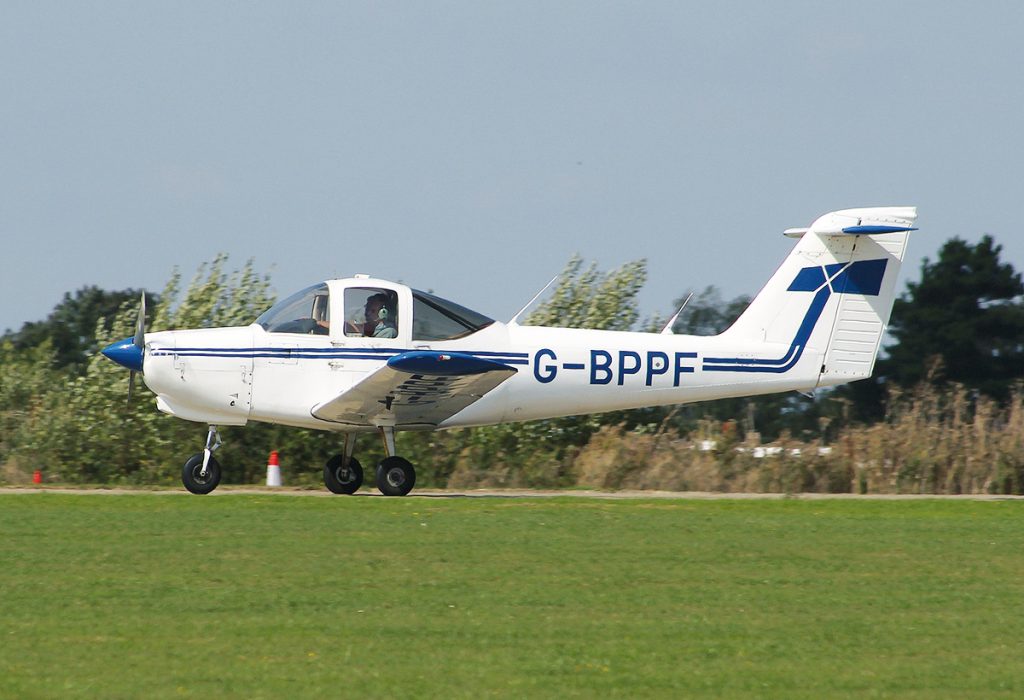
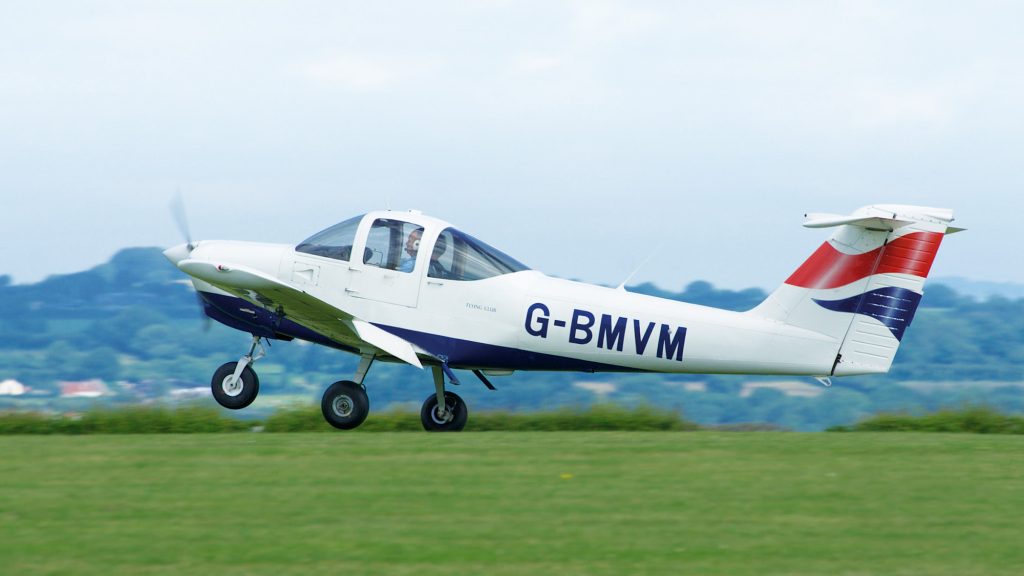
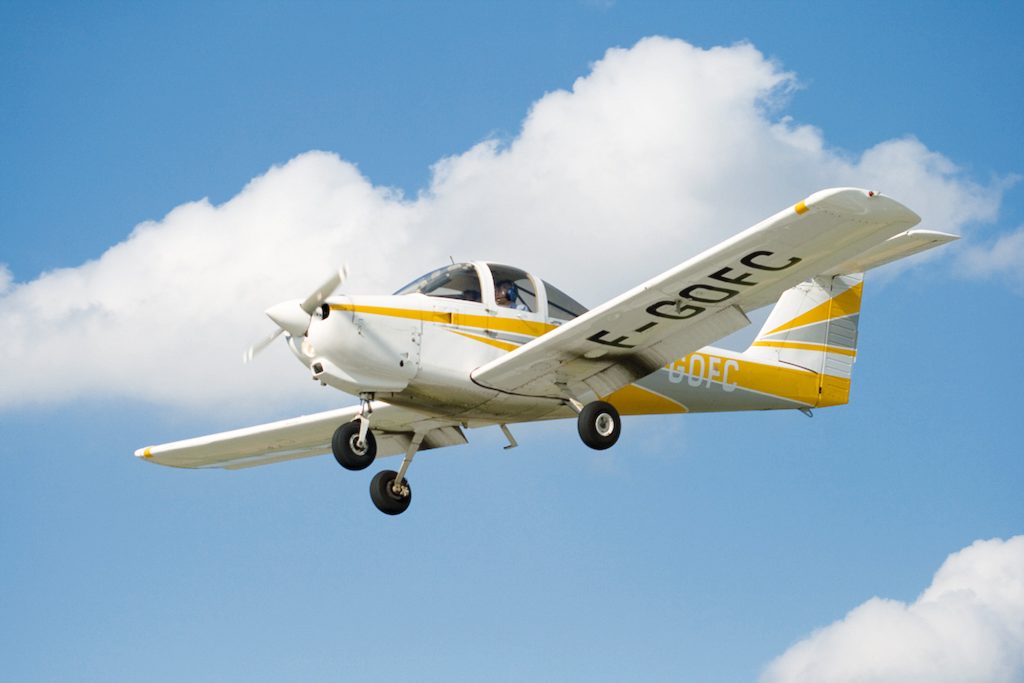
The Piper PA-38-112 Tomahawk is a two-seat, low wing plane produced from 1978 until 1982. During this very short period, Piper manufactured a massive 2,484 aircraft. These planes were produced primarily as trainers but were also common amongst private pilots looking for a tourer – a market that was largely controlled by Cessna at the time. Interestingly, although largely competing against the 150 and 152, the Tomahawk’s design and flight characteristics are entirely different. At the time, most planes were designed to be both hard to put into a spin but also naturally come out of a spin without pilot input. When Piper was collecting information from flight instructors in the design phase, there was a significant number of instructors who wanted a plane that they could put into a spin and hold it there until the pilot’s inputs took it out. From anyone that has done spin training in a Tomahawk, they will tell you that Piper delivered on this. However, the 45 knot stall speed limit will need to be dropped for the Tomahawk to make the Group-G cut – stay tuned!
CESSNA 150/152
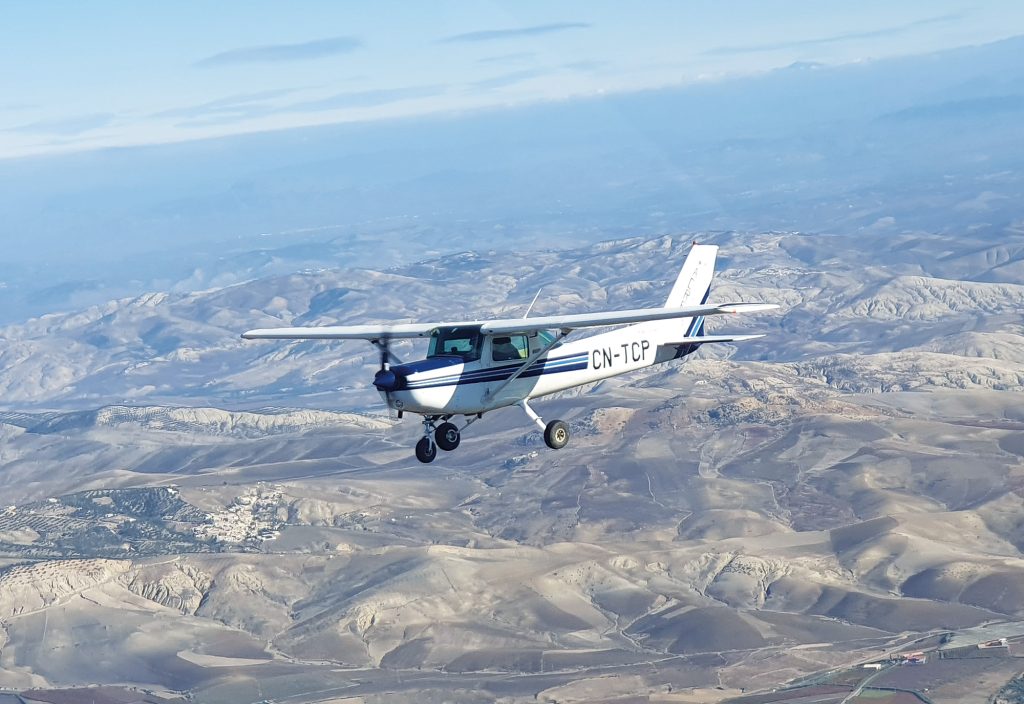
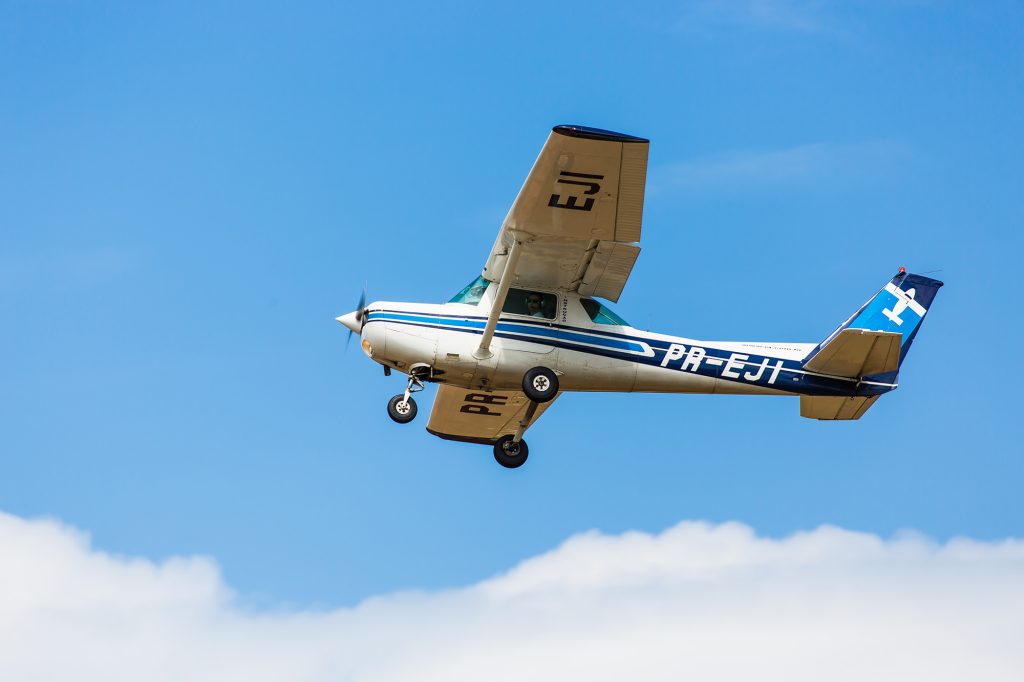
The Cessna 150 is a high wing, twin seat plane, which developed into the Cessna 152. With 23,839 150s produced from 1958–1977, and 7,584 152s produced from 1977–1985, the plane was prolific. Combined, the Cessna comes in as 5th most produced aircraft. The only aircraft more prolific are the 172 and fighter planes, which were mass produced during the second world war.
The small Cessna gained its popularity as a reliable trainer, its affordability to operate and as a great allrounder for private pilots. Since its inception, many different variants and modifications have been made to the original, with Cessna producing float planes all the way through to aerobatic versions, commonly used in spin training. The Cessna 150 was powered by a Continental engine which was then swapped for a Lycoming O-235 when the 152 superseded it, due to the longer time to overhaul. Again, there are some learnings to be had with the change in engine. For most members who are used to flying behind a Rotax like myself, you have probably been fortunate enough to forget about things like carb heat or mixture control. This is not the case for these engines and adds to the workload within the cockpit. Even the subtle things like getting used to the correct engine hum is different. It’s not quite like jumping in a Tecnam after a Jabiru. For a pilot looking to continue through to their RPL or PPL, this plane will help familiarise them with a lot of the aircraft features they will see in a Cessna 182 or Piper PA-28. Another example of this is the yoke control, which is uncommon on any aircraft with with a 600kg MTOW. Some pilots will find they prefer it.
There are more subtle impacts that the weight increase brings, besides the obvious fuel and luggage perks. I deliberately chose the above aircraft to help illustrate the nuances that Group-G will bring and the new experiences to the way that we fly. For me, the most exciting part of the change is the new learning opportunities that now exist for pilots.
Even something simple, such as learning to fly with a yoke and putting my weights and balances to proper work. Things such as understanding the nuances of flying with a Lycoming or Continental engine aren’t something I need to get my RPL to learn about, anymore, as it will be accessible to RAAus members very soon.
